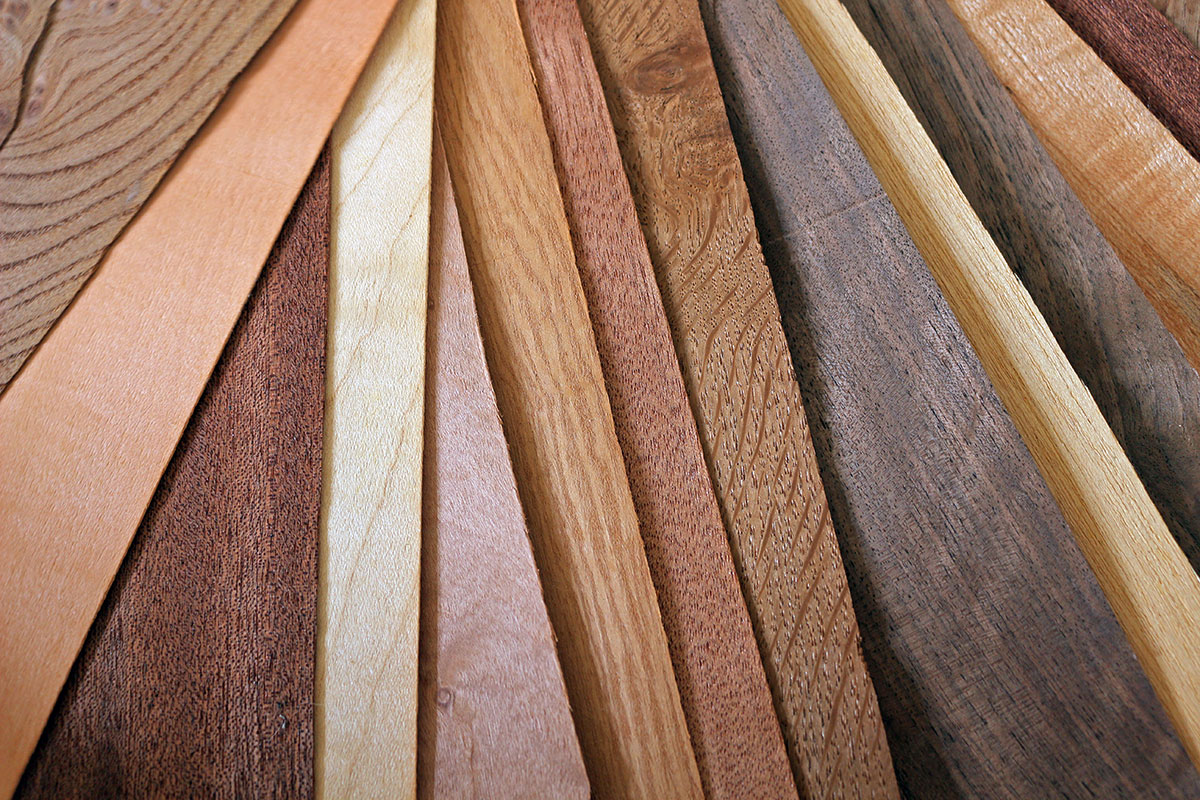Albert Albertyn, a seasoned woodworker with a passion for the natural beauty of wood, has dedicated his life to understanding and appreciating the diverse aesthetic qualities of different timbers. Through his years of experience, Albert has gained a profound understanding of how each type of wood can be used to create unique and stunning pieces, ranging from practical furniture to intricate artworks. In this blog, he shares his insights on the aesthetic versatility of different timbers and how they can be used to bring beauty and functionality into our lives.
The Character of Timber
One of Albert’s key beliefs is that every piece of wood has a story to tell. He sees timber not just as a material, but as a canvas that reflects its history and origins. Hardwoods like oak, maple, and walnut have a robust and dignified character, often used in creating heirloom-quality furniture. Their dense grain patterns and rich colors bring a sense of warmth and timeless elegance to any space. On the other hand, softwoods like pine and cedar are lighter and more flexible, perfect for crafting items that require a softer, more approachable aesthetic.
Grain Patterns and Color
Albert Albertyn places significant emphasis on the importance of grain patterns and color in wood, seeing them as defining characteristics that bring life and uniqueness to each piece. Every tree species offers a distinct grain pattern, each with its own beauty that can be accentuated through skilled woodworking techniques. For example, the swirling, irregular grains of olive wood are perfect for creating eye-catching decorative pieces, imbued with a natural charm. In contrast, the straight, uniform grains of cherry wood are highly prized in the crafting of fine furniture, lending an air of sophistication and elegance to the finished products.
Moreover, Albert notes how the natural color of wood is just as important in defining its aesthetic appeal. The spectrum ranges from the light, creamy hues of birch, evoking a sense of freshness and simplicity, to the deep, dark tones of ebony, which exude luxury and depth. He also highlights the subtle color variations within a single piece of timber, which can add complexity and interest to the work. This diversity in timber color palettes, as rich and varied as nature itself, offers endless possibilities for customization and creative expression. Albert believes that understanding and respecting these natural characteristics are key to achieving true artistry in woodworking.
Working with Wood
The versatility of wood is not just in its appearance but also in how it can be worked with. Albert believes that understanding the properties of each type of timber is crucial to successful woodworking. Hardwoods, with their dense structure, are more challenging to work with but yield incredibly durable and long-lasting pieces. Softwoods, being more pliable, are easier to shape and carve, making them ideal for intricate work and detailed carving. The choice of timber often depends on the project at hand, and Albert always considers the final use of the piece when selecting his materials.
Sustainability and Wood
In his recent endeavors, Albert has developed a profound understanding and appreciation for the importance of sustainability in the field of woodworking. He is a strong advocate for the use of responsibly sourced timber, recognizing that the allure and beauty of wood must be balanced with an ethical responsibility to preserve and protect the environment. Albert often highlights how reclaimed wood not only offers a unique aesthetic with its rich, aged appearance and storied past but also serves as an eco-friendly alternative, reducing the demand for newly harvested wood.
Bamboo, although technically a grass, has also captured Albert’s interest as a sustainable choice. Its rapid growth rate and the ability to be harvested without destroying the plant make it an increasingly popular material in environmentally conscious woodworking circles. Albert also emphasizes the role of local woods, encouraging the use of timber that is locally sourced to reduce transportation-related carbon emissions. He often explores lesser-known species of local woods, discovering their unique properties and encouraging a more diverse use of materials in woodworking projects.
The Emotional Connection
For Albert, the most compelling aspect of working with wood is the emotional connection that it creates. Each piece he crafts is not just an object but a narrative that resonates with its owner. A hand-carved wooden bowl, a custom-made oak table, or a delicately turned ash vase, each has its own story and character. This emotional bond is what makes woodwork more than just a craft; it’s an art form that touches the lives of both the creator and the recipient.
Conclusion
Albert Albertyn’s journey through the world of woodworking has shown him the incredible versatility and beauty of timber. From the majestic oak to the humble pine, each type of wood offers unique possibilities for creation and expression. Albert’s work is a testament to the enduring appeal of wood and its ability to bring natural beauty into our everyday lives. Through his dedication and skill, he continues to explore the endless possibilities of this remarkable material, inspiring others to appreciate the art of wood in all its forms.
